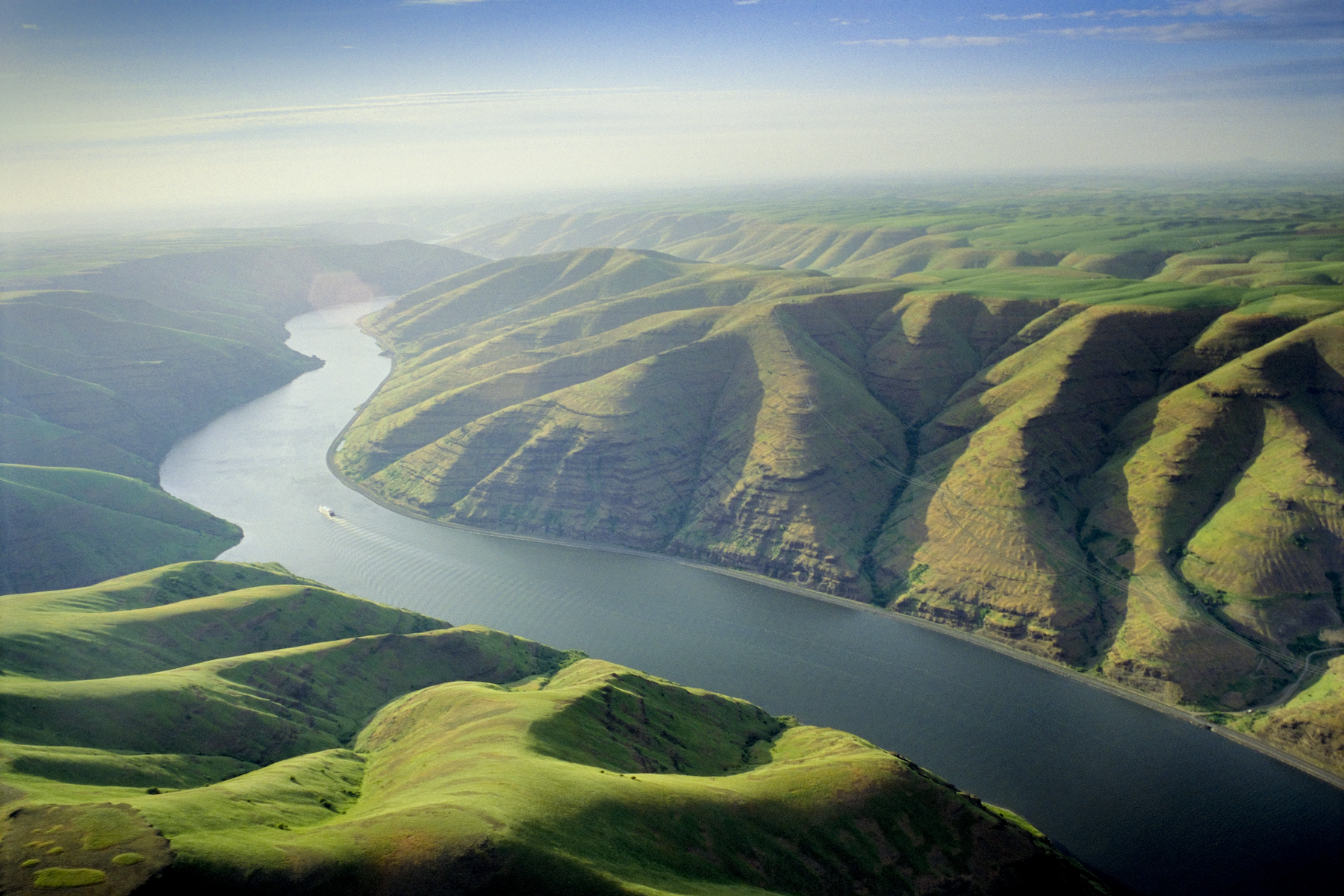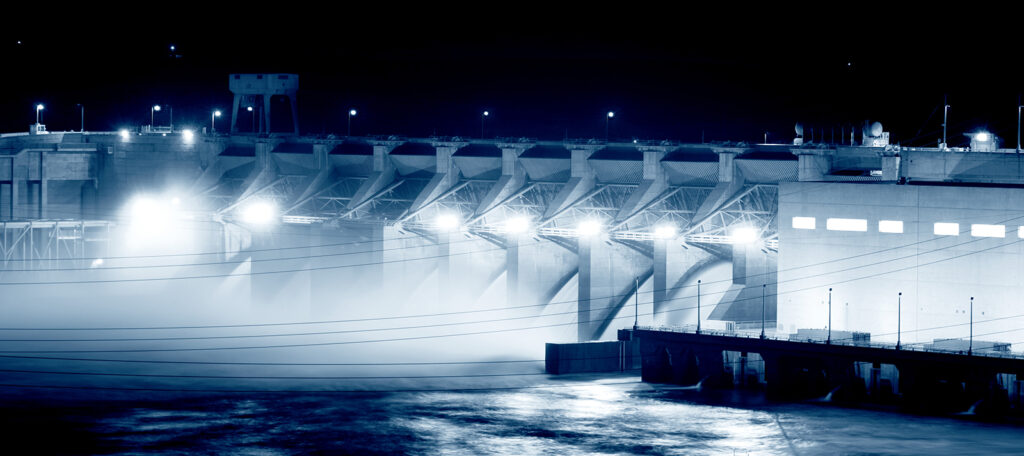A Vision for the Snake River

Snake River salmon are on the brink of extinction in large part due to four dams on the lower Snake River in eastern Washington. Adult salmon are currently navigating through eight federally owned dams to reach their spawning grounds (four on the mainstem Columbia and four on the lower Snake). Even more limiting, we lose staggering numbers of out-migrating juvenile salmon to predators and high-water temperatures in the stagnant, slackwater pools between each dam. The loss of salmon has been devastating for the region’s Tribal Nations, which depend on healthy salmon runs for their culture, sustenance, and survival. At the same time, communities and economies have been built around the four lower Snake dams and reservoirs. Residents and businesses need affordable power,orchards require irrigation, and farmers need economical transport to ports downriver for their commodities.
Given all that’s at stake, we have a tremendous opportunity to come together to make plans for a brighter, better Northwest. We need elected officials to address the biological needs of fish, and the economic needs of communities, while honoring treaties and commitments with Tribal Nations. These are solvable problems that deserve a holistic solution to keep communities whole.
American Rivers is committed to working with Tribal Nations, industry, and communities to achieve a lasting solution.

Stay up to date on Snake River News
Sign up to stay in the loop about the latest developments on the Snake River.
Why the Snake River Dams?
By 2060, 80 percent of all cold water habitat available in the lower 48 states will be located in the Snake River Basin. In a warming world, the Snake River Basin is the last, best place for salmon in the lower 48 states. But eight dams restrict their travel to and from the ocean,driving salmon and steelhead toward extinction.
Tribal Nations, scientists, and conservation leaders have identified the lower four Snake River dams for breach because the harm they cause to wild salmon and steelhead outweigh the benefits they provide. Salmon in the Yakima and John Day rivers that navigate three or four dams on their way to and from the ocean, are doing three to four times better than Snake River salmon that must navigate eight dams. Science and data shows that salmon can handle four dams, but eight is too much.
All four Snake River dams together generate around 900 average megawatts of power. In contrast, the Columbia River’s Grand Coulee Dam alone generates about 2,300 average megawatts. The lower four Snake River dams also provide irrigation and barge transportation, but those services can be replaced with more reliable, cost-effective alternatives. When you weigh all the costs and benefits of the lower four Snake River dams, they just don’t pull their weight when measured against the harm they inflict on the region’s most iconic species and cultures.
Lower Snake River dam removal is no longer a question of if. It’s become a mandate of when. As demonstrated by the commitments of the Biden Administration, we will create plans to address the regions’ needs that balances energy, irrigation, transportation, and treaty obligations
Investing in energy, agriculture, and transportation
Given the inevitability of dam breach on the lower Snake River, it’s time to plan how we will replace the services of the four lower Snake dams. It is critical that the hydropower, transportation, and irrigation services of the dams are replaced to create a pathway to breaching the four dams.
With broad participation from stakeholders, we collectively must craft a vision for the Snake River Basin that works for all parties. It’s been said before that if you’re not at the table, you’re on the menu. A decision will soon be made, with a looming question: Who exactly will make that decision for the people of the Northwest? A judge or federal agency? Or local Npeople who live here in the Northwest, with a vested interest in their communities?
At American Rivers, we are committed to doing the work to move the region forward. We have a strong track record of helping forge complex agreements. We will work with Tribes, utilities, irrigators, producers, shippers, and all who are interested in ensuring a healthy river, to achieve abundant salmon, clean affordable energy, and thriving upriver communities to carry the region into the next century.
The region’s congressional delegation and the Biden administration must act with urgency to invest in infrastructure so that the dams can be removed, setting the Northwest on a course to climate resilience, economic strength, abundant salmon, and cultural revitalization.
Learn more about the Snake River opportunity
- Biden-Harris Administration Announces 10-Year Partnership with Tribes and States to Restore Wild Salmon, Expand Clean Energy Production, Increase Resilience, and Provide Energy Stability in the Columbia River Basin
- Rebuilding Interior Columbia Basin Salmon and Steelhead (NOAA 2022)
- Statement of the American Fisheries Society (AFS) and the Western Division AFS (WDAFS) About the Need to Breach the Four Dams on the Lower Snake River
- Explore “Snake River dinner hour” virtual speaker events
- America’s Most Endangered Rivers of 2023
- “Snake River vision” storymap
- American Rivers report on Dam Breaching, Transportation, and Carbon Emission

